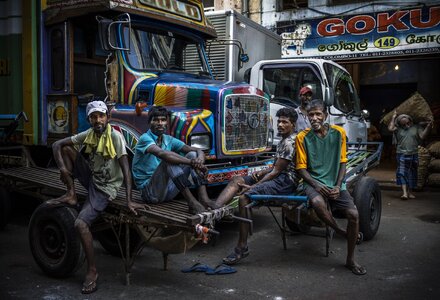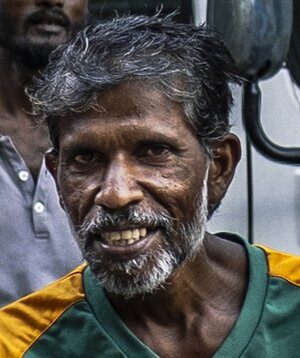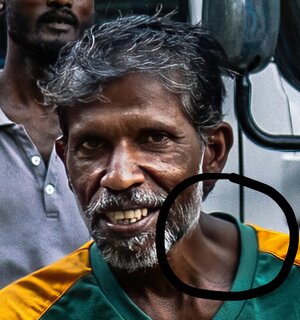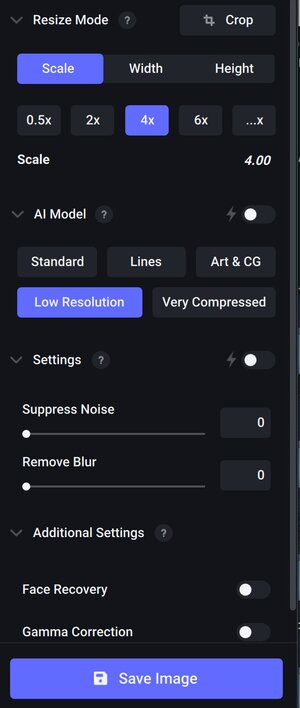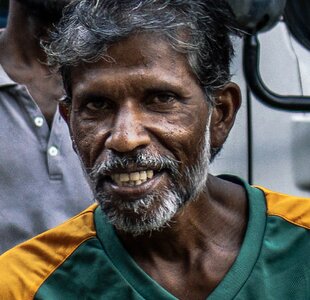Pro Member
- Joined
- Oct 3, 2022
- Posts
- 16
- Likes Received
- 8
- Name
- David Blacker
Hi all. I have been pondering whether to buy the R5 or the R6, and after having been loaned an R6 and several lenses for a few days by my local Canon dealer I've pretty much decided on the R6. The only niggle is that 20mp sensor. Most of my work goes in magazines and websites and resolution isn't an issue, but there may be the occasional shoot that needs to be blown up. What I want to know is this: a 60mb RAW file off a 5DMkIV gives Tiff and Jpg files of approximately 80mb and 20mb respectively. It's more or less the same off an EOS R. On the R6, the RAW file is about 24mb, and Tiff and Jpg are 50mb and 10mb respectively. So if I were to take large prints off the R6's Tiff files, will this make up for the relatively lower resolution RAW files? TIA.
#R6 #resolutiontalk #TiffFiles
#R6 #resolutiontalk #TiffFiles

